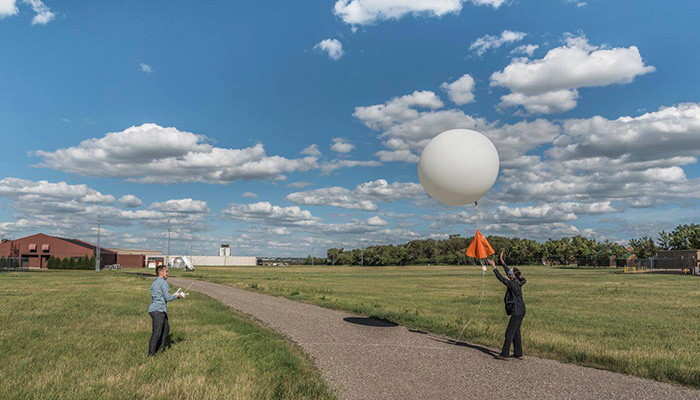Thrift Store Treasures
Story by Khloe Crawshaw »
Thrift shopping is a great alternative to buying clothes straight off the rack from the mall, but why?
Thrifting is a way that many students at EHS stay trendy while on a budget. But where do they go to get their unique outfits? Eudora and Lawrence have tons of thrift stores and second hand shops hidden everywhere (see table) and they all vary in clothing style, how they receive their clothes, and what they sell. Thrift stores take many different kinds of clothes, and in many different conditions. Some clothes may be almost brand new, while others take clothes that have been worn very heavily. It all depends on the store, and what the shopper wants.
Sophomore Kjersten Inskeep thinks that thrifting is a great way to get low-cost, unique clothes you wouldn’t find at a name brand store like H&M or Urban Outfitters.
“Because you’re not pulling off a mass-produced rack, you can get a lot of clothes that no one else has,” said Inskeep.
Some clothes found in thrift stores haven’t been produced in years. Most thrift stores and second-hand-shops get clothes from as far back as the 70’s, so there is a chance that what a shopper finds can be both unique and vintage.
Inskeep also thinks that thrifting means that you can get more for your money. While twenty dollars may get a shirt at some stores, you can leave a thrift store like Arizona Trading Company with whole outfits in hand for the same price. Freshman Braden Beadleston agrees with Inskeep, and thinks that thrifting is a good alternative to shopping at designer stores, and is great for shopping on a budget.
“Thrifting in itself can be a cheaper method to buy things, unless you go and buy a cart full of clothes,” Beadleston said.
While thrift shopping has lots of positives, there are a few negatives. Beadleston thinks that while thrifting is a good way to get unique clothes, sometimes one-of-a-kind can be a bad thing.
“A couple cons that come with thrifting is finding clothes that you love – but them not being the right size, ” Beadleston said. Clothes sizing can be confusing from garment to garment depending on the brand, so checking the tag sometimes isn’t enough to know if it is the right size.
When you aren’t getting clothes that are mass produced for the rack at the store, it is harder to find your size in clothes. If the article of clothing is something in a certain style that shoppers can’t find anywhere else, it can be disappointing to not find it in the right size.
Another con to thrifting is selling worn clothing. When buying from a shop that takes clothing by donation instead of a buy-sell-trade, there are many things that can turn an item that flies off the shelf into an item that goes right back on the shelf again.
“You might think that you have a really nice piece and then you find a really gross stain,” said Inskeep. She expressed that sometimes, stains aren’t obvious, and they are more common than expected most times. Sometimes, there is a problem with an article of clothing that you don’t see until you try it on.
“You have to choose what kind of damage you are okay with or think you can fix,” Inskeep said.
Some thrifters are up to the challenge of upcycling damaged clothes by giving them new life, while some shoppers prefer a ready-to-wear piece, but both ways are a wonderful way to thrift!
Thrifting is a challenge that many people love to go up against. But remember, whether the clothes are from Plato’s Closet to Goodwill, wash wash wash! Germs can hide in the pockets of those vintage jeans.








